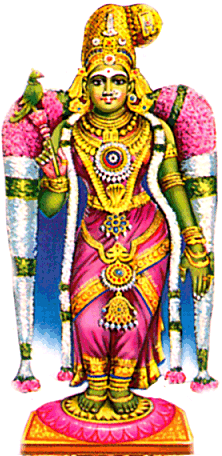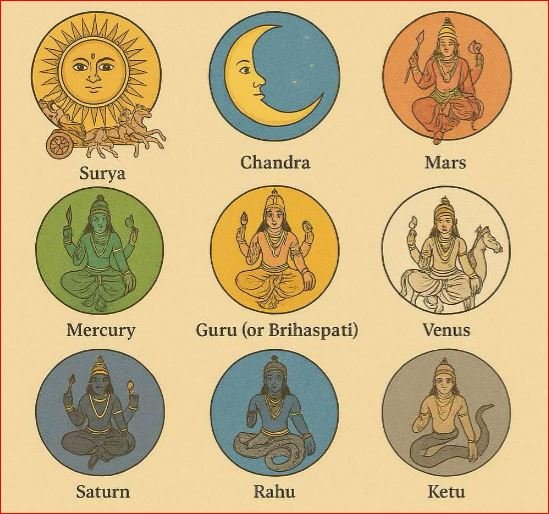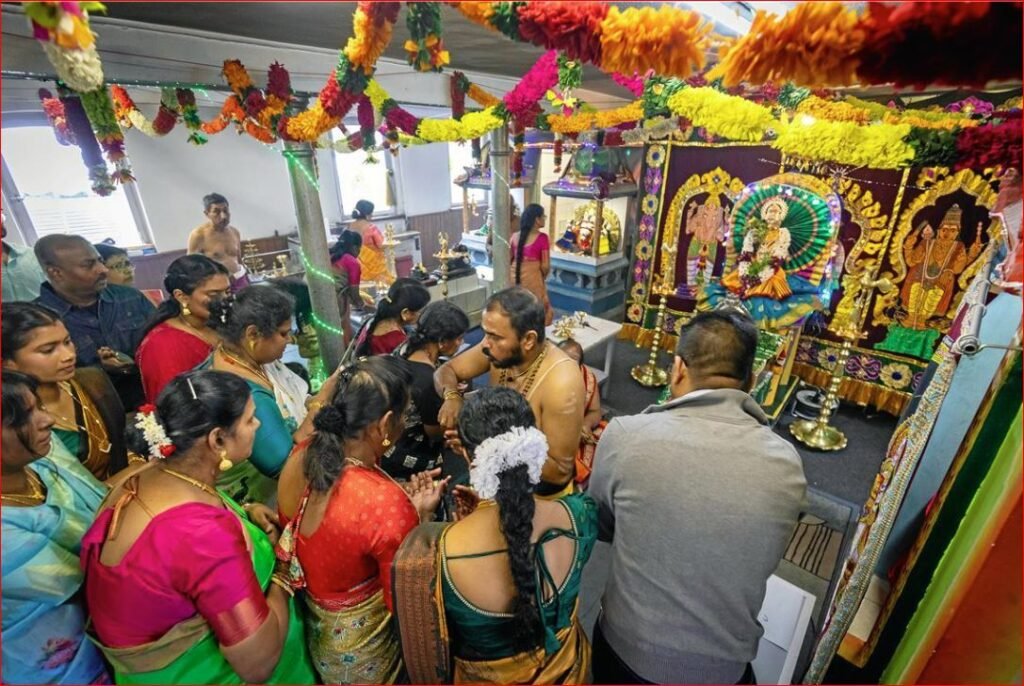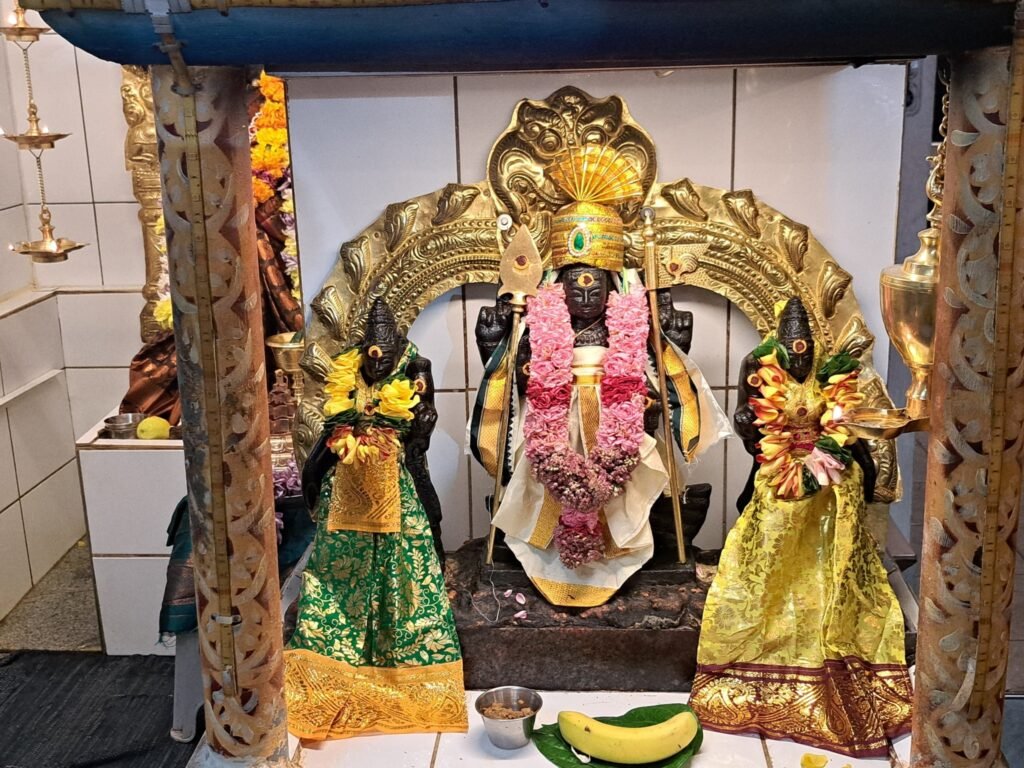In India, the Navaratri festival is celebrated grandly for nine days, followed by Vijayadashami on the tenth day. Starting from the first day after the new moon in the Tamil month of Purattasi, from Prathamai until Navami, these nine days of fasting are known as Śārada Navaratri. This Śārada Navaratri centers on the worship of Ādi Parāśakti (the Supreme Mother Goddess):• The first three days are dedicated to Durga,• the next three to Mahalakshmi,• and the final three to Saraswati. These nine days symbolize valor, wealth, and wisdom. Each day the Goddess is worshipped in one of her nine forms under nine names. Those who observe the Navaratri fast consume only satvic food (pure vegetarian). On the new moon day, they eat only once. From Prathamai to the eighth day they continue fasting, on the ninth day (Navami) they remain on a complete fast, and on the tenth day (Dashami) they break the fast in the morning. However, the fast may be adapted according to one’s health condition. Puranic Story The demon Mahishasura performed austerities toward Brahma and obtained a boon that he could only be killed by a woman whom no one had ever seen before. With this power, he began tormenting both the Deva-loka (heavenly realm) and the Bhoo-loka (earthly world). Unable to bear his cruelty, the gods appealed to the Trimurti (Shiva, Vishnu, and Brahma). When the combined energies of the three deities came together, a radiant light emerged, and from it appeared a powerful goddess: Durga Devi. Durga fought Mahishasura for eight days and finally slew him on the ninth day (Navami). The following day (Dashami), the gods performed Ayudha Puja (worship of weapons) to celebrate victory. Since then, this day has been called Vijayadashami (“the victorious tenth day”). Because she destroyed Mahishasura, the goddess is also known as Mahishasuramardini (“the slayer of Mahishasura”). Another Legend The goddess Parvati once battled the demon Pandasura but could not defeat him. She then prayed to Lord Shiva, and on Vijayadashami, she killed Pandasura, who had disguised himself as a Vanni tree. This is commemorated through the “Vazhai Vettu” festival (banana tree cutting) on Vijayadashami evening. Since the demon was slain in the evening, the ritual is traditionally observed at dusk.




